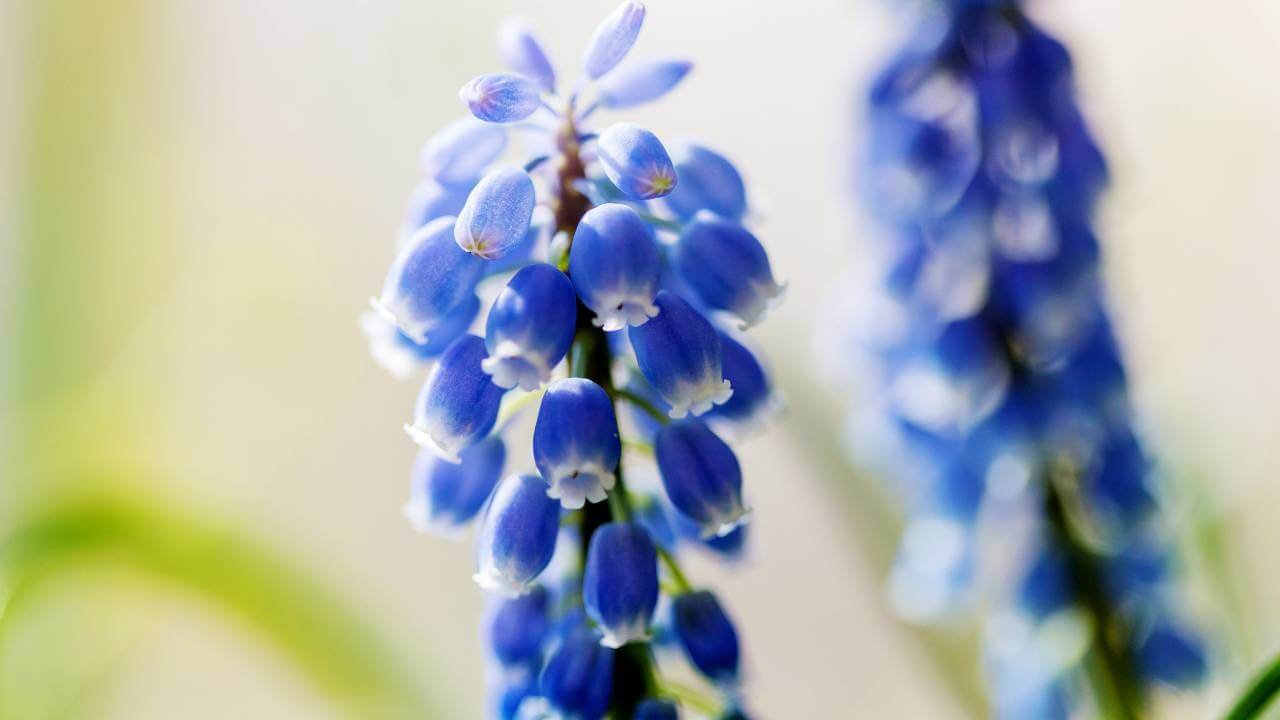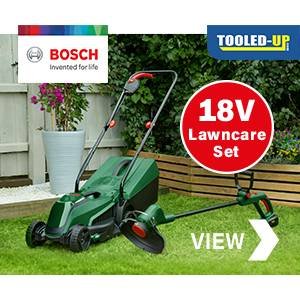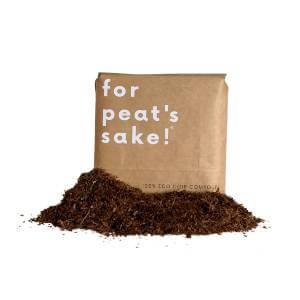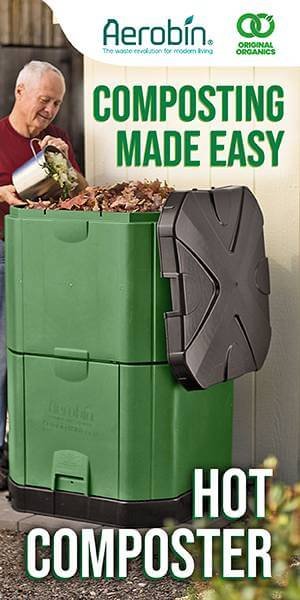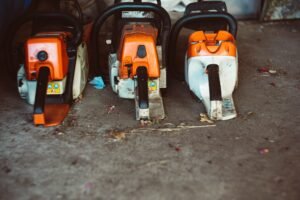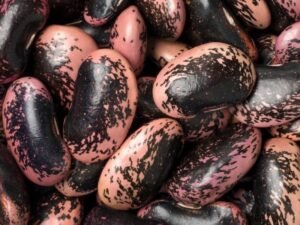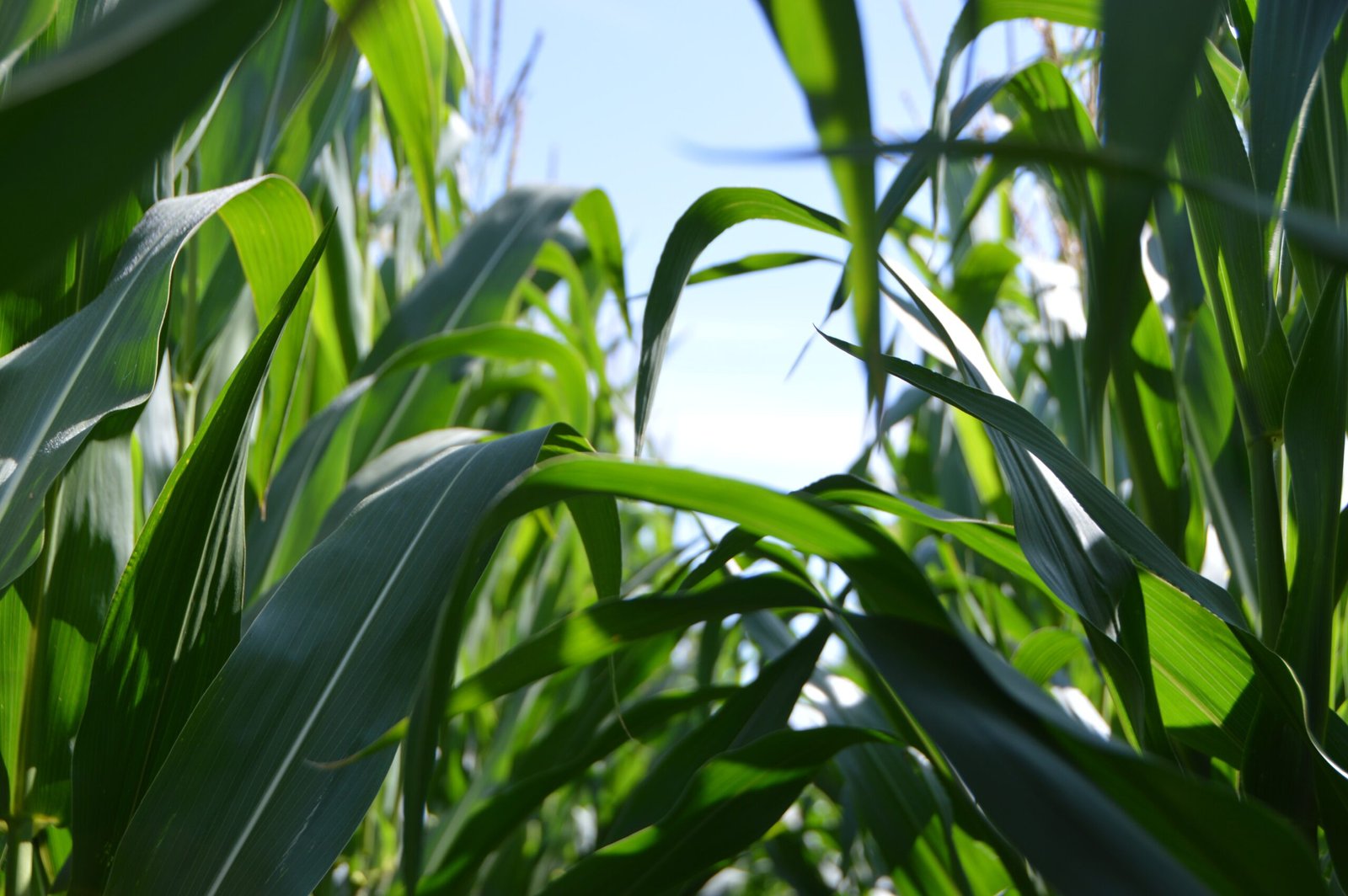Plants in Bloom this month?
Alyssum
Arabis
Aubrieta
Bergenia
Cheiranthus
Convallaria
Dicentra
Doronicum
Erythronium
Fritillaria
Gentiana
Helleborus corsicus
Hyacinthus
Leucojum
Lunaria
Muscari
Narcissus
Primula
Pulsatilla
Saxifraga
Sparaxis
Triteleia
Tulipa
Amelanchier
Aucuba japonica
Berberis darwinii
Camellia japonica
Chaenomeles japonica
Clematis armandii
Cytisus scoparius
Forsythia
Fothergilla
Mongolia
Malus
Pieris forrestii
Prunus
Rhododendron
Ribes
Spiraea arguta
Spiraea thunbergii
Viburnum
Caltha
Orontium
Acacia
Calceolaria
Hippeastrum
Primula
Anthurium
Begonia
Cyclamen
Impatiens
Solanum
Zygocactus

Early Spring
General Tasks and Maintenance
- Mulch the beds and plant borders.
- Remove weeds in the garden using a hoe.
- Purchase seeds – tomatoes, dahlias and antirrhinums.

Early Spring
Houseplants
- Give a little more water to plants as the days are lengthening.

Early Spring
Gardens and in the Garden
Patio areas
- Purchase and choose pots and containers that will be suitable for patio gardening.

Early Spring
Kitchen Garden
Fruit
- Plan your fruit garden and plant out when the weather conditions allow.
Vegetables
- Sow Brussel sprouts seeds for your maincrop.
Herbs
- Prepare the seedbed when the temperature increases.

Early Spring
Trees, Shrubs and Hedges
Trees and Shrubs
- During good weather, plant deciduous trees and shrubs.
In the Greenhouse
- Sow seeds of clematis and other shrubs in a cold frame or a cool greenhouse.
Hedges
- Plant all types of hedges apart from broad-leaved evergreens.

Early Spring
Flowers and Plants
Hardy Herbaceous Plants
- During a dry day, dig and rake over the ground and spread fertiliser.
Perennials
Carnations and Pinks
- Order seeds and plants.
Chrysanthemums
- Prepare the ground by digging over and adding manure to prepare for April/May.
Dahlias
- Prepare the ground, adding bone-meal.
Gladioli
- Plant gladiolus corms in border beds roughly 2 inches deep. Plant in successions to create continuous flowering.
Irises
- Pull off any dead leaves and compost.
Lilies
- Protect from frost by placing it into cloches or the greenhouse.
Roses
This season for your roses is all about preparation; all the effort that you put in now will mean that in the growing season, you will hopefully see yourself with fewer problems, youthful growth, strong, shapely bushes and masses of blooms.
- Complete planting of roses. “For the best results, plant roses on a calm, cloudy day. Planting on a hot, sunny day or during a summer heatwave can stress a rose bush or any type of plant,” says Bedard.
Annuals
Alpines
- Firm up soil around plants if the frost has loosened the soil.
- Put slug pellets under foliage.
- Plant any purchased alpine plants.
- In the greenhouse – plant out root cuttings into pots. Sow seeds and keep them in a cold greenhouse or frame.
Bulbs
- Now is the time you can appreciate bulbs and the colour they bring to the garden.
- Remove flower heads from daffodils when they finish flowering.
- Plant out bulbs that have finished flowering
- Split and replant Snowdrops.
- In the greenhouse – Water and feed flowering Hippeastrums and clivias.
Flowers from Seed
- Purchase flower seeds for the upcoming year.
- Plant out hardy perennials that you grew from seed.
- Prepare the outside flower beds digging over the soil, and adding fertiliser.
- Sow seeds in rows thinly and thin out further when 2 to 3 leaves are showing.
- In the Greenhouse – Sow half-hardy annuals. Protect tender plants from any frosty weather.
Heathers
- Prepare the soil by removing weeds, digging over and adding peat and bone-meal fertiliser.
- Plant heathers between now and May in an open position with neutral or acid soil (except species that are lime tolerant)
- Propagate heather by taking cuttings.
Rhododendrons and Azaleas
- Prepare the ground, ready for planting.
- Begin planting as soon as the weather has warmed up and the temperature stays above freezing.
- Keep new plants well watered.
Sweet peas
- Plant out seedlings sown in the Autumn.
- Place slug pellets around plants.
- In the greenhouse – Sow seeds for the Spring.

Early Spring
Greenhouse and Cloches
Spring is the perfect time to clean everything up; to ready your greenhouse by giving it a good clean – cleaning the algae and other grime from the outside with disinfectant or detergent; this will help let in more light during summer.
Cleaning the inside is also a good idea, especially making sure you try to clean everywhere as pests and diseases from Winter can and will survive anywhere they can.
Owners of a greenhouse can start sowing seeds indoors; the best plants to start sowing are alyssum, nemsia, stocks, asters, marigolds and petunias.
- Pot on any over-wintered annuals.
- Remove any dead and old wood from plant shoots.
- Begin to sow tomatoes in the greenhouse.
- Prick out seedlings as and when required.
- Control pests by spraying regularly.
- Plant hippeastrum bulbs into pots.
- Pot on Begonias and gloxinias.
- Ensure there is sufficient ventilation and feed with liquid plant food.

Early Spring
Pond, Water plants and Rock Plants
If you notice ice still on the surface of your pond, you mustn’t start cleaning! Likewise, never try to speed up its thawing process by removing the ice from the pond. This ice still means that your pond is in ‘winter mode’, so it is best to wait.
The second method we recommend is with a pond thermometer; if the water is below 10°c, you should wait before removing heaters, adding beneficial bacteria. Once the temperature has risen above 10°c and there is no more ice, your fish should become slightly more active – it is now safe to start your maintenance, feeding fish slowly adding more in relation to the temperature.
- Clean, clean, clean! Do this as early as possible, ideally before plants develop and pond creatures begin to breed. This clean should remove any debris or sludge built up at the bottom over the winter months. It is also good to note that leaving a small amount of this will provide good bacteria for your garden.
- During a frost-free day, remove ¾ of the water and replace it with fresh water.
- Take netting off the pond. If you didn’t place mesh over your pond during the Winter, remove debris like leaves.
- Remove any old foliage from pond plants and any algae.
- Remove any pond heaters and add pumps and lighting systems.
- Looking after your Pond Fish – Now is a good time for treating your fish for parasites or any infections that they may have; during the winter months, some fish such as koi tend to slow down it makes them more vulnerable. We recommend using praziquantel – eliminating internal and external parasites and bonuses you can also use in your winter routine! For the treatment of your fish with bacterial infections, open sores, damaged fins, or ulcers, we recommend a bacterial infection remedy – ‘API Pond Melafix, Fish Bacterial Infection Remedy’.
- Begin to start feeding your fish again – little and often.
- Plants will now respond and grow well as the water starts to warm up. If you already have new pond plants, begin to plant them in mild areas or leave until late Spring if you are in a colder place.
- If you haven’t managed to order any new aquatic plants, start to have a look online or in garden centres.

Early Spring
Lawn
Now that early Spring is upon us, and it’s time to catch up on any maintenance or repair work that you missed or couldn’t do in Autumn. It’s time to get your lawn back on track and come to life.
New Lawn
- Rake the seedbed and apply lawn fertiliser. Sow lawn seed following the instructions on the packaging.
- Mow the lawn when roughly 3 inches in length.
An established lawn
- Apply seeds to any areas of grass that are worn.
- Keep moss down by ensuring sufficient drainage and rake areas where there’s a lot of moss.
- The grass will begin to start growing again, mow the lawn regularly.
- For the first few cuts, if your lawnmower allows, set to the highest setting to keep the grass greener.

Early Spring
Wildlife
- To prepare for the Spring broods, clean and repair or purchase nesting boxes that you have around your garden.
- Attach any new bird boxes to the north side of trees.

